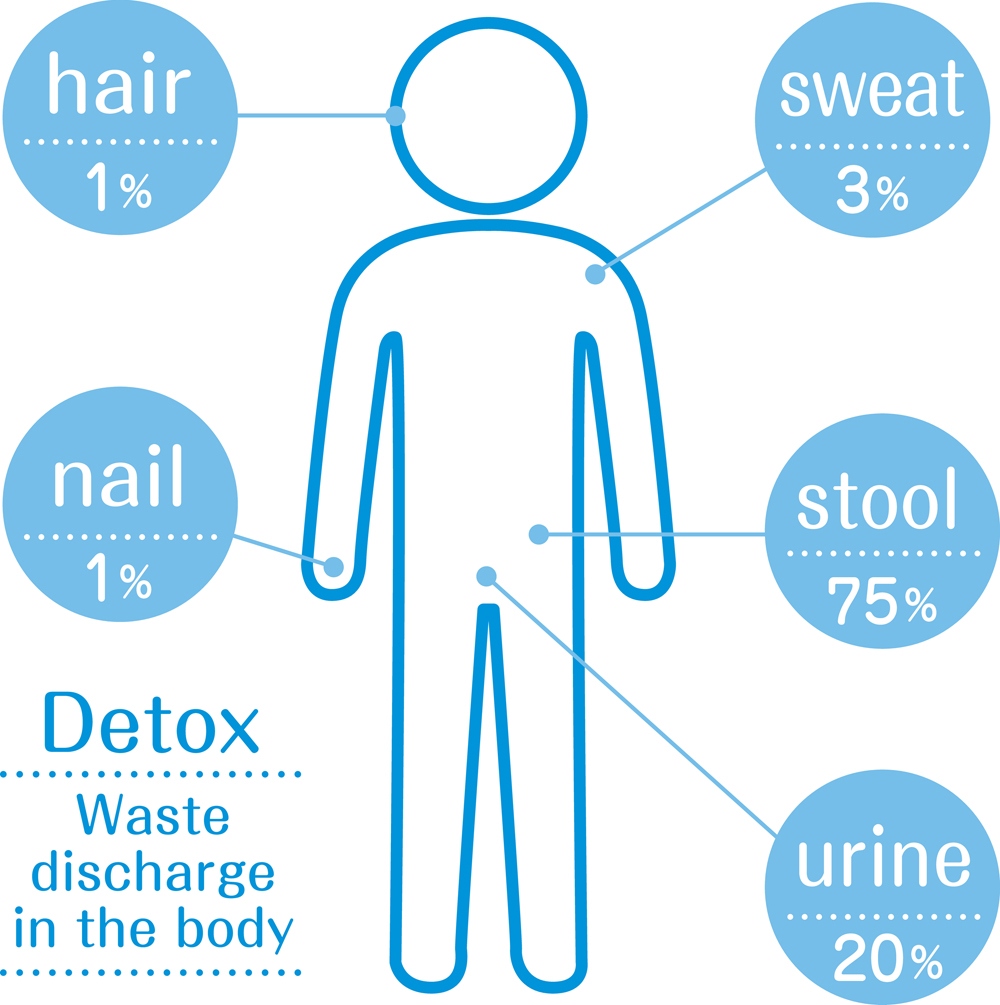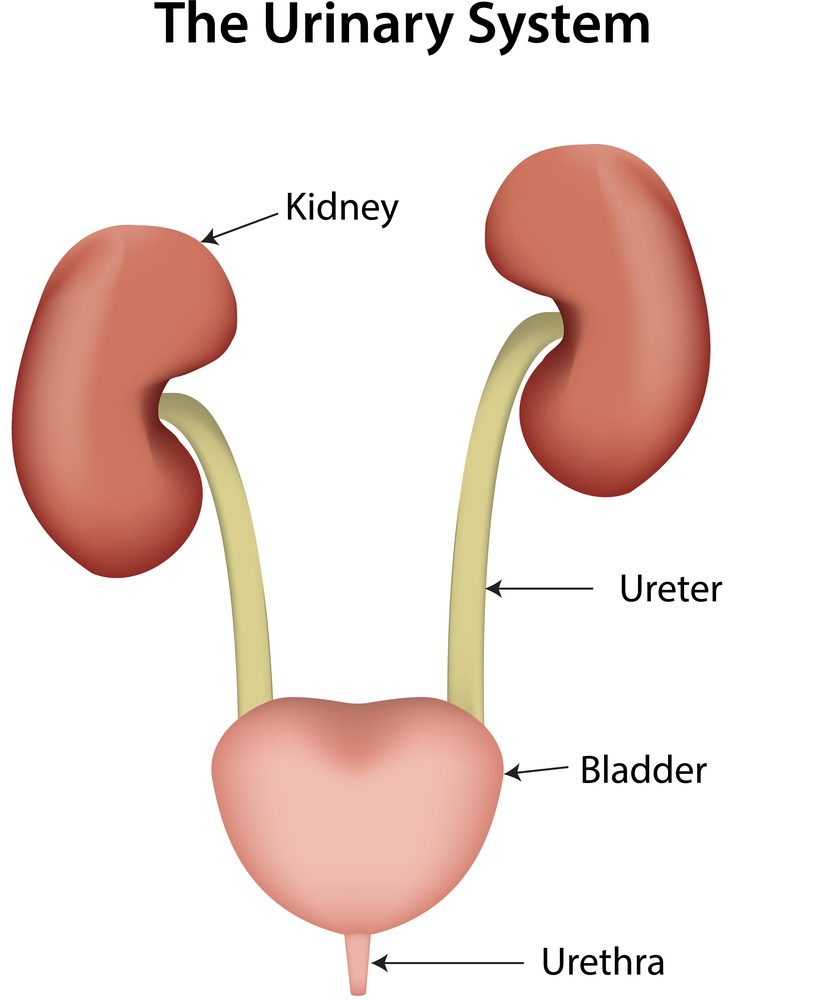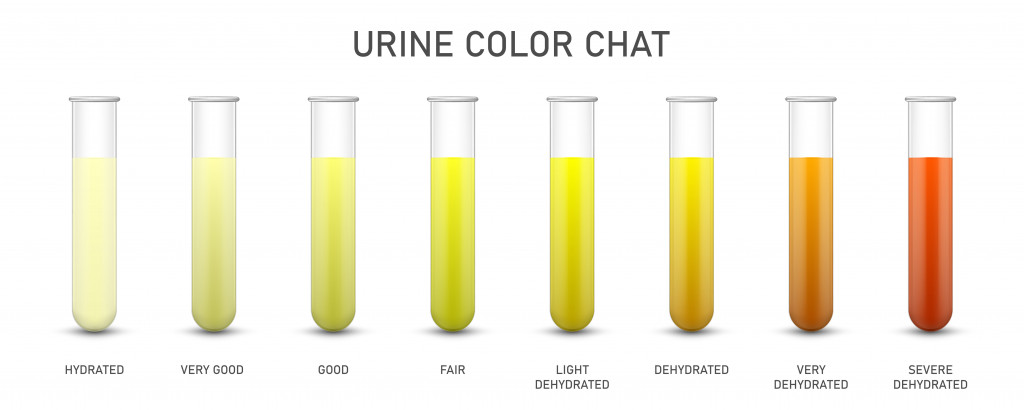Table of Contents (click to expand)
The coloring agent of urine is known as urobilinogen, which gives it the distinct yellow hue and is produced by the breakdown of bilirubin.
Chocolate wrappers, soda cans, and paper scraps… these are just a few examples of waste that we produce as we function in our daily lives. Our bodies also function 24/7, albeit internally, and the waste they produce must amount to a lot!
The waste our bodies produce due to our numerous biological processes comes in many shapes and forms. It is excreted by the three main excretory organs: the lungs, kidneys, and skin. There are a few waste products handled by these organs, including urine, feces, sweat, and even the carbon dioxide we breathe out.

Let’s talk about the liquid wastes that we produce, mainly urine and sweat. These two are vastly different, even if their form is the same. Sweat is largely clear whereas urine, most of the time, has a distinctly yellow hue.
So what gives urine its color?
How Is Urine Formed?
When a red velvet cake is baked, the red food coloring is added after having formed the cake batter. Similarly, to understand where our urine gets its color, we will go over its formation first.
Urine is created by the excretory system present in our body, specifically the kidneys, urinary bladder, urinary tracts, and urethra. If the excretory system were a factory, the kidneys would be the manufacturing sector, the urinary bladder would be the storage facility, urinary tracts the delivery system, and urethra the final endpoint of the package.

Kidneys, the reddish bean-shaped organs, lie on either side of our spinal cord, a little higher than the halfway point. The kidneys (and the renal system) mainly work to extract and expel waste created in our body, owing to processes such as digestion.
The digestion of proteins results in amino acids, which are broken down in the liver to produce toxic ammonia. This ammonia is then converted to urea, a less toxic form.
The urea enters our bloodstream. The kidneys remove this urea from our blood in three steps: filtration, reabsorption, and secretion. All of these steps occur in tiny units known as nephrons that make up the kidney.

Filtration takes place in the glomerulus, a mesh of blood capillaries essentially acting as a filter. As our blood passes through this mesh, its components, salts, glucose, and urea, are filtered out. We know that urea is toxic for our body, but glucose and salts, such as sodium and potassium, are essential to survival, and our body can not afford to lose them all.
Herein comes the process of reabsorption. Also occurring in the nephrons, in this process, nutrients and the majority of the water are absorbed back into the body.
During the reabsorption, however, excess water and salt, and even urea, are reabsorbed. Therefore, the secretory process works to secrete back some of these salts and other metabolites in order to maintain the appropriate concentration of these molecules required by the body.
Following these processes, the final urine product is formed, which travels via the ureters to the urinary bladder where it is stored. Our urinary bladders can hold up to 1000 ml of urine. However, 300-400 ml is normally our cue for nature’s call.
Also Read: Excretory System: Organs, Function & Definition
So, How Does Urine Get Its Color?
The red blood cells in our body are degraded to produce a green pigment known as biliverdin, which is further degraded to give rise to a yellow pigment, known as bilirubin.
Bilirubin is responsible for the distinct ochre-yellow color imparted to the waste products, bile and stools. Some of this bilirubin also escapes into the blood, forming urobilinogen, which is excreted through our urine.
During the filtration and reabsorption process, our kidneys filter out this urobilinogen (or urochrome) from the blood and secrete it via our urine. It is this urobilinogen that colors urine with its distinctly yellowish hue.

However, the color spectrum of urine primarily depends on our hydration levels. If we drink lots of water, our urine contains a lot of water, diluting the urochrome pigment and making our urine a very light yellow or completely colorless. On the other hand, in severely dehydrated people, urine contains negligible water and is a dark amber, owing to high concentrations of urochrome.
Also Read: Why Does Sweat Leave Yellow Stains After Drying Even Though It Is Colorless?
Conclusion
Urine color can also change depending on our diet or medication. For example, taking vitamin B capsules turns the color of urine a bright neon green, and if a person were to have loads of carrots or sweet potatoes the red pigments contained in these vegetables, known as carotenoids, would color the urine a dark yellow or orange.
Nevertheless, the major coloring agent of urine is urobilinogen, and the color of urine is lightened when a person drinks more water and stays well hydrated.
How well do you understand the article above!

References (click to expand)
- Ogobuiro, I., & Tuma, F. (2020). Physiology, Renal. 2020.
- (2021) Physiology, Urination - StatPearls - NCBI Bookshelf. The National Center for Biotechnology Information
- (2022) Physiology, Bilirubin - StatPearls - NCBI Bookshelf. The National Center for Biotechnology Information
- Perrier, E. T., Johnson, E. C., McKenzie, A. L., Ellis, L. A., & Armstrong, L. E. (2015, August 19). Urine colour change as an indicator of change in daily water intake: a quantitative analysis. European Journal of Nutrition. Springer Science and Business Media LLC.
